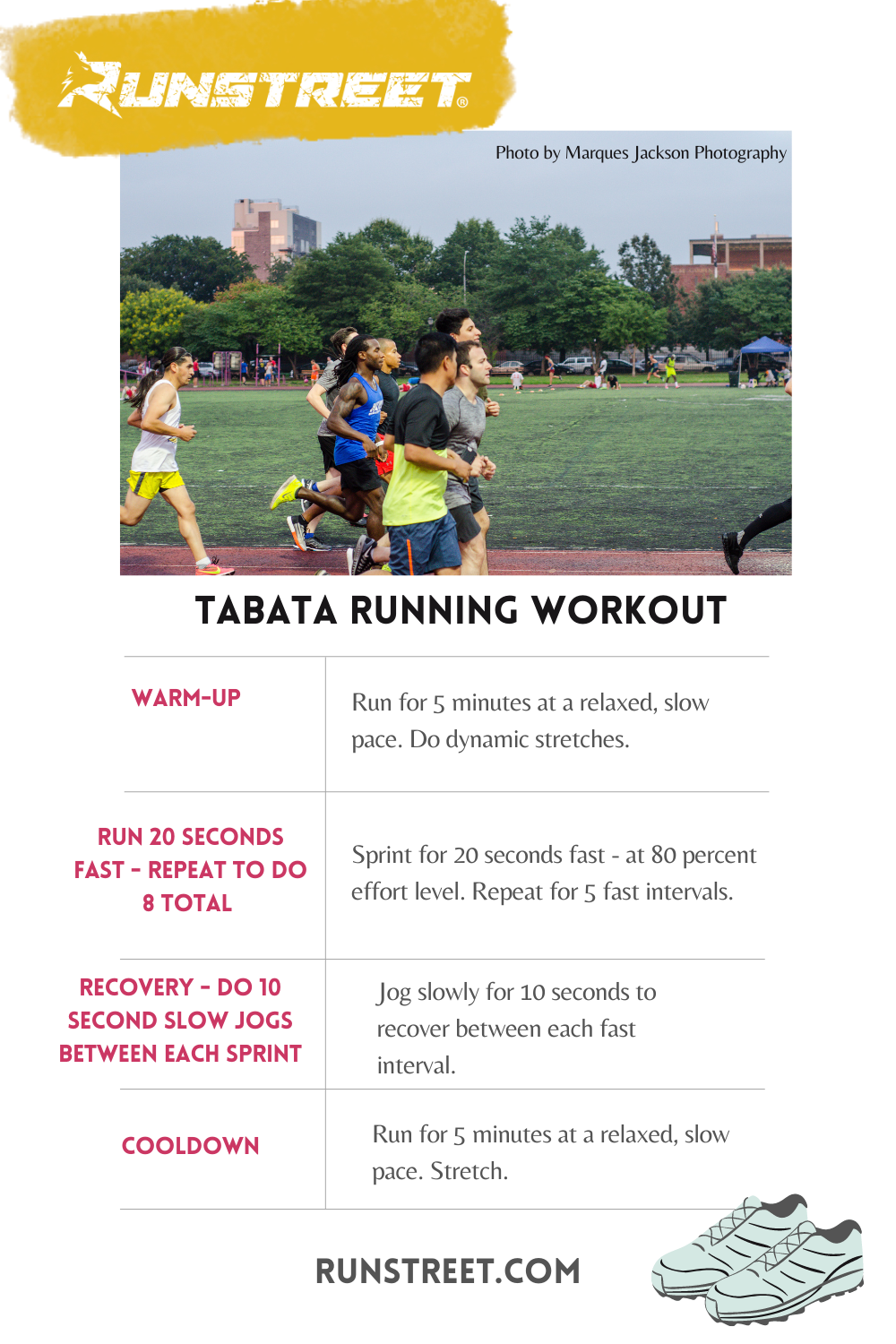Master Your Running Workout: Efficient Strategies for Success
Just How to avoid and Take Care Of Discomfort in Running: Professional Tips and Recommendations
As joggers, we commonly discover ourselves caught between the excitement of pushing our physical borders and the pain that can accompany it. The quest of that runner's high can occasionally be prevented by the undesirable buddy of pain. Whether you are a skilled marathoner or a novice striking the sidewalk for the first time, the irritating existence of pain and pain is an usual denominator. Nonetheless, there exist proven methods and professional advice that can help mitigate and manage these discomforts, enabling you to concentrate on the delight of running itself.
Importance of Appropriate Shoes
Correct footwear plays an important duty in stopping and taking care of pain for joggers, as it considerably influences their comfort, performance, and total foot health. When it pertains to running, wearing the right shoes can make all the difference. Uncomfortable or improper footwear can result in a host of concerns such as sores, shin splints, plantar fasciitis, and much more extreme injuries like stress cracks.
Picking the right operating shoes involves considering elements such as foot type, stride technicians, running terrain, and individual preferences. Runners with high arches might need more cushioning and assistance, while those with flat feet might benefit from security shoes. Additionally, comprehending pronation (the internal rolling of the foot) and supination (the exterior rolling of the foot) can aid in selecting footwear that give the ideal degree of arch assistance.
Buying high quality operating shoes that are suitable for your individual needs can assist prevent pain and discomfort while improving your running experience. Prioritizing proper footwear is not almost efficiency but additionally about securing your foot wellness over time.

Efficient Warm-up Methods
A dynamic workout routine prior to a run assists increase blood circulation to the muscles, boosts versatility, and boosts the variety of motion of the joints. Dynamic stretches like leg swings, high knees, and hip circles are valuable in preparing the body for the physical needs of running.
In addition to vibrant stretches, incorporating some light cardio workouts such as jogging or missing rope can even more elevate the heart rate and heat up the body. This mix of vibrant extending and light cardio aids loosen up tight muscles, oil the joints, and psychologically prepares the runner for the upcoming exercise (running strategy). By making warm-ups a regular part of your running routine, you can dramatically minimize the threat of injuries and carry out at your ideal during each run
Key Stretching Workouts
When preparing for a run, including key stretching exercises is necessary to boost muscle flexibility and stop injuries - Read More. Dynamic extends such as leg swings, high knees, and hip circles are advantageous for heating up the muscles and boosting range of movement prior to a run. These activities assist boost blood flow, loosen limited muscles, and prepare the body for the activity ahead
Fixed stretches like calf stretches, hamstring stretches, and quadriceps stretches ought to adhere to a run to aid in muscular tissue recovery and avoid rigidity. Holding each go for 15-30 seconds permits the muscle mass to kick back and extend, decreasing the threat of post-run pain and potential injuries.
Additionally, integrating yoga exercise poses like downward canine, pigeon present, and spinal spins can target multiple muscle groups concurrently, advertising general flexibility and toughness. Consistent stretching routines not just boost performance but likewise assist in preserving great running type and preventing overuse injuries. Keep in mind, appropriate stretching methods are critical for a secure and pleasurable running experience.
Recuperation and Relax Methods
After finishing a run, carrying out efficient recovery and rest strategies is essential for maximizing efficiency and reducing the risk of injuries. In addition, including rest days right into your training routine is important to protect against overuse injuries and exhaustion.
Active healing strategies such as gentle stretching, foam rolling, and yoga exercise can assist improve blood circulation, minimize muscle mass soreness, and boost versatility. It is additionally useful to focus on hydration and nourishment post-run to restore electrolytes, glycogen stores, and advertise muscular tissue recovery.
Cross-training activities like swimming or cycling can supply a break from the repetitive impact of running while still preserving cardio health and fitness - running workout. Listening to your body and recognizing when it needs a break is vital to stop persistent injuries and ensuring long-term running success. Remember, rest is not a sign of weak point but a vital part of a well-rounded training regimen
Cross-Training Benefits

It enables you to work on different facets of physical fitness that might not be targeted entirely through running, leading to an extra balanced and versatile professional athlete. Additionally, cross-training why not try here can aid improve running efficiency by dealing with muscular inequalities and weaknesses that may hinder efficiency.
Final Thought
Finally, appropriate shoes, workout techniques, stretching exercises, recuperation methods, and cross-training are essential parts in avoiding and managing discomfort in running. By including these methods right into your routine, you can lessen the threat of injury and pain while making best use of performance and pleasure of the sporting activity. Read More. Remember to listen to your body, focus on rest and recuperation, and seek expert support when required to guarantee a secure and reliable running experience